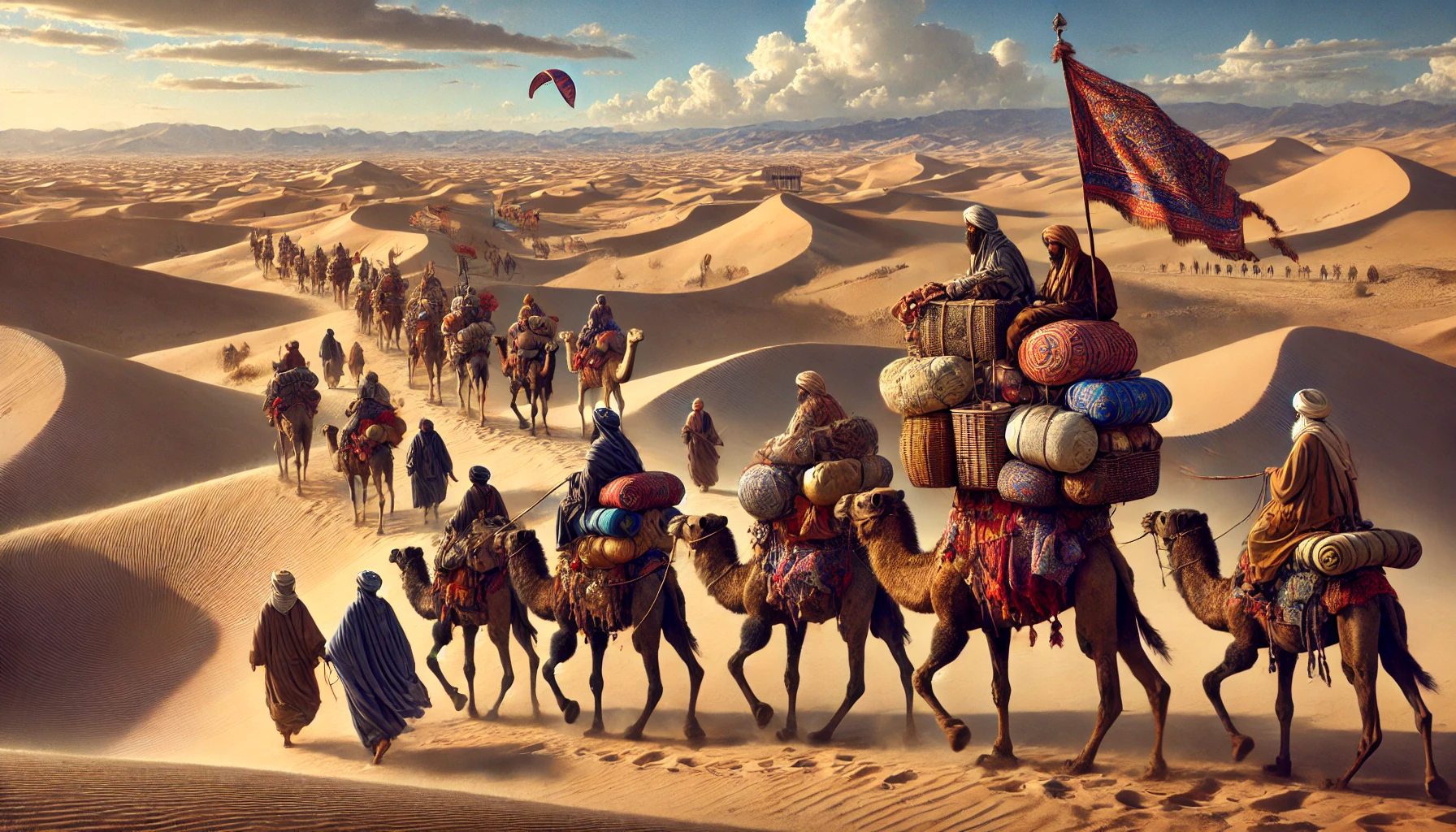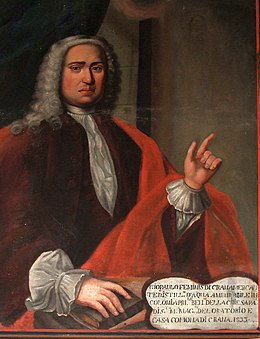Once upon a time, around 3000 BC during the Nagada period of pre-dynastic Egypt, the art of perfume-making was born. These fragrant concoctions traveled along the Silk Road, reaching Europe for centuries with their exotic aromas sourced from the Orient.

By the time perfumes made their way to Italy and Spain, their popularity continued to grow. In the 1500s, the town of Grasse in southern France became a key player in the perfume industry. Here, leather tanners sought to mask the unpleasant odors from their tanning processes, turning to strong Oriental fragrances. They began perfuming gloves and leather goods with Italian imports crafted by renowned Florentine perfumers like Renato Bianco, who was famous as "the perfumer of Catherine de' Medici.

 As the 1600s progressed into the 1700s, many tanning factories in Grasse closed their doors. However, this decline led to a flourishing of more refined perfume formulations, inspired by the traditions of Florentine perfumery. The nuns of Santa Maria Novella in Florence are said to have initiated this art in the 1400s with their "Acqua Reginae." This fragrance evolved into "Acqua Bologna" before being adapted by Italian apothecary Giovanni Paolo Femini in Cologne, who transformed it into "Eau admirable," later simplified to "Eau de Cologne."
As the 1600s progressed into the 1700s, many tanning factories in Grasse closed their doors. However, this decline led to a flourishing of more refined perfume formulations, inspired by the traditions of Florentine perfumery. The nuns of Santa Maria Novella in Florence are said to have initiated this art in the 1400s with their "Acqua Reginae." This fragrance evolved into "Acqua Bologna" before being adapted by Italian apothecary Giovanni Paolo Femini in Cologne, who transformed it into "Eau admirable," later simplified to "Eau de Cologne."
During the plague in Marseille in 1720, "L'eau admirable" served as a disinfectant. This formula paved the way for Jean Marie Farrina’s version, known as "l’eau de Cologne de l’empereur," which later became associated with the Roger & Gallet through marriage.
 By the late 1700s to early 1800s, Grasse firmly established itself as the epicenter of modern perfumery. Family-run companies such as Chiris, LT Piver, Lantier, Roure Bertrand Dupont, Sozio, Isnard, Galimard and later Robertet and V.Mane emerged, significantly influencing the industry. By the end of the 1800s, Grasse and Paris accounted for 80% of the world’s perfume production, with iconic makers like Guerlain, Coty, and Lubin leading the charge.
By the late 1700s to early 1800s, Grasse firmly established itself as the epicenter of modern perfumery. Family-run companies such as Chiris, LT Piver, Lantier, Roure Bertrand Dupont, Sozio, Isnard, Galimard and later Robertet and V.Mane emerged, significantly influencing the industry. By the end of the 1800s, Grasse and Paris accounted for 80% of the world’s perfume production, with iconic makers like Guerlain, Coty, and Lubin leading the charge.
 The early 1900s saw a revolutionary breakthrough with the discovery of synthetic fragrances, allowing perfumers to explore new creative horizons. Fashion designers began to collaborate with perfumers, introducing fragrances that would become household names. Icons like Paul Poiret, Gabrielle "Coco" Chanel, Caron, Carven, Jacques Fath, Dior, and Givenchy shaped the landscape of scent.
The early 1900s saw a revolutionary breakthrough with the discovery of synthetic fragrances, allowing perfumers to explore new creative horizons. Fashion designers began to collaborate with perfumers, introducing fragrances that would become household names. Icons like Paul Poiret, Gabrielle "Coco" Chanel, Caron, Carven, Jacques Fath, Dior, and Givenchy shaped the landscape of scent.
 This trend continued strong through the 1990s, as celebrity fragrances and flankers flooded the market, followed by a wave of licensed perfumes. In recent years, however, the industry has seen a resurgence of niche perfumes and a return to the rich heritage of Oriental fragrances, completing a fascinating cyclical journey through time.
This trend continued strong through the 1990s, as celebrity fragrances and flankers flooded the market, followed by a wave of licensed perfumes. In recent years, however, the industry has seen a resurgence of niche perfumes and a return to the rich heritage of Oriental fragrances, completing a fascinating cyclical journey through time.
Copyright 2024 by BeautyNavigator.com